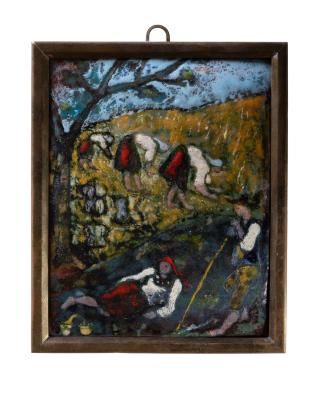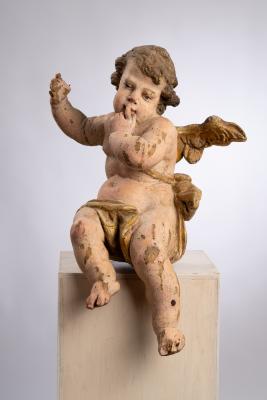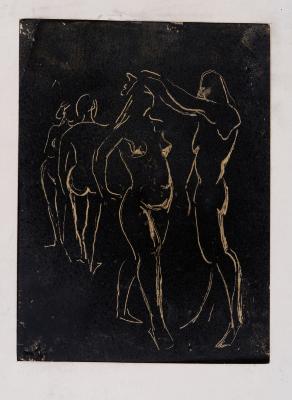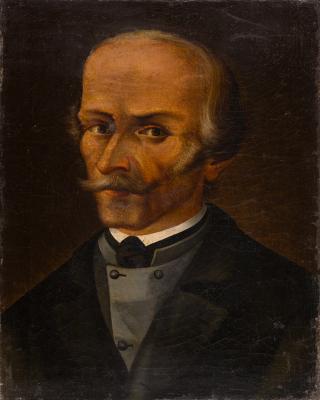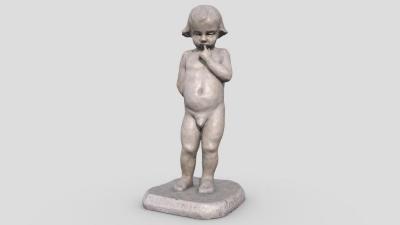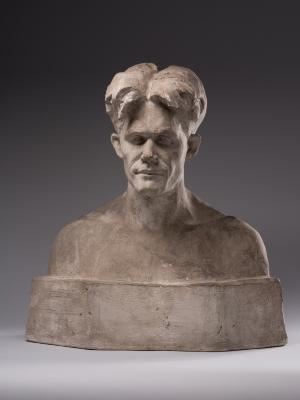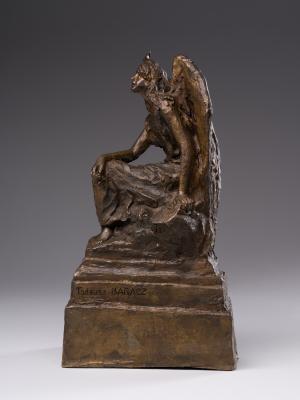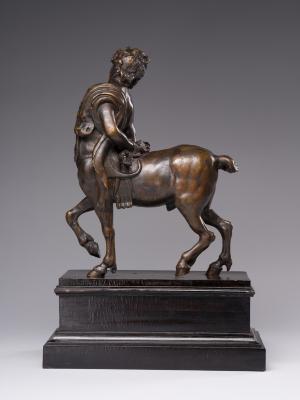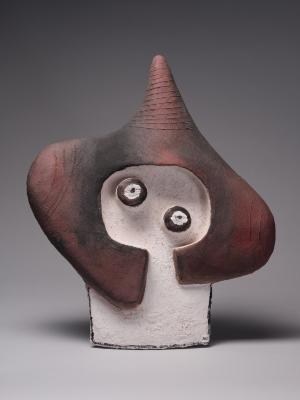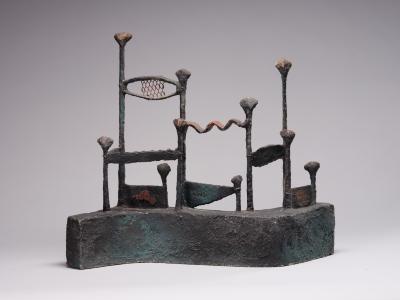The theme is based on the history of Ancient Rome during the Second Punic War. It was described in "From the Founding of the City" by the ancient historian Titus Livy. Scipio, the Roman commander, ordered to kidnap Sophonisba, the daughter of the Carthaginian king Hasdrubal, and send her to Rome as a captive. To save his wife's honour, Masinissa gave her to drink poison from a cup. This plot was prevalent among 17th-century Italian artists. The painting depicts Sophonisba, who ventured to take poison from a wine chalice. The black background of the canvas adds lyrical drama to the scene. The artist skilfully represented the anatomy of the human body and realistically depicted the heroine's emotional state.









